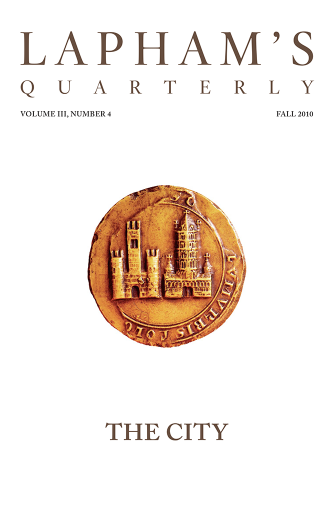When it becomes necessary to crop the hair, measures are taken to lessen the dangers that are supposed to attend the operation.
The chief of Namosi in Fiji always ate a man by way of precaution when he had had his hair cut. “There was a certain clan that had to provide the victim, and they used to sit in solemn council among themselves to choose him. It was a sacrificial feast to avert evil from the chief.” Among the Maori many spells were uttered at hair cutting; one, for example, was spoken to consecrate the obsidian knife with which the hair was cut; another was pronounced to avert the thunder and lightning that hair cutting was believed to cause. “He who has had his hair cut is in immediate charge of the Atua (spirit); he is removed from the contact and society of his family and his tribe; he dare not touch his food himself; it is put into his mouth by another person; nor can he for some days resume his accustomed occupations or associate with his fellow men.” The person who cuts the hair is also tabooed; his hands having been in contact with a sacred head; he may not touch food with them or engage in any other employment; he is fed by another person with food cooked over a sacred fire. He cannot be released from the taboo before the following day, when he rubs his hands with potato or fern root that has been cooked on a sacred fire; and this food having been taken to the head of the family in the female line and eaten by her, his hands are freed from the taboo. In some parts of New Zealand the most sacred day of the year was that appointed for hair cutting; the people assembled in large numbers on that day from all the neighborhood.
From The Golden Bough. Born in Glasgow in 1854, Frazer accepted a chair in social anthropology at the University of Liverpool in 1907; he resigned soon thereafter to spend more time in the library. The Golden Bough was first published in 1890, but between 1911 and 1915 Frazer expanded the work to twelve volumes. “Frazer,” wrote the philosopher Ludwig Wittgenstein, “is much more savage than most of his savages.”
Back to Issue

